"Silk Road Luxuries from China" @ Freer Gallery of Art
Lobed bowl with lotus petals, birds, animals, and floral scrolls. China, Shaanxi province, probably Xi’an, early or mid-Tang dynasty, late 7th–early 8th century. Hammered silver with repoussé, chased, and ring-punched decoration and mercury gilding. Purchase Freer Gallery of Art F1931.8
Long before the adventures of Marco Polo sparked European interest in Asia, the Silk Road connected Mediterranean ports in the west to centers of production and trade in China and beyond. For more than two thousand years this vast network of caravan trails has linked oasis settlements across the Central Asian desert, and many of those ancient overland routes are still in use today. Then as now, the Silk Road enabled the long-distance exchange of luxury goods—colorful silks, silver and gold objects, delicate glass, and even the legendary peaches of Samarkand—as well as the sharing of ideas, customs, and religious beliefs. The impact of foreign imports on the arts of China reached exceptional heights during the Tang dynasty (618–907), when craftsmen explored new materials, forms, and decorative patterns introduced from the West.
Under the Tang, China was united for the first time in four hundred years. The flourishing young empire, supported by effective government administration and strong armies, expanded into Central Asia. During this era of peace and stability, the capital at Chang'an (modern Xi'an) became the largest city in the world. Its cosmopolitan society sought fresh ideas and expensive goods from afar.
Traders and artisans from the ancient kingdom of Sogdiana, located in southern Uzbekistan and western Tajikistan, were especially active in this exchange. Their ancient Iranian language was the primary basis of trade for centuries. Communities of Sogdian traders extended from Anatolia to India and Sri Lanka and on to East Asia. Their interaction with China remained strong until 755, when An Lushan, a Sogdian favorite at the Chinese court, led an unsuccessful rebellion against the emperor. By the time of the Mongol invasion in the thirteenth century, the Sogdians had disappeared completely.
This exhibition has been made possible through the generosity of the Thaw Charitable Trust.
Base of a funerary couch with Sogdian musicians and dancers and Buddhist divinities. China, Henan province, probably Ce xian. Period of Division, Northern Qi dynasty, 550–577. Marble with traces of pigment. Gift of Charles Lang Freer. Freer Gallery of Art F1915.109, F1915.110, F1915.336
Lobed cup with lion, foliage, and a ring of raised dots. Central Asia, Sogdiana, probably Uzbekistan, late 6th–early 7th century. Hammered silver with repoussé and chased decoration. Purchase Freer Gallery of Art F1997.13
Textile with floral medallions and lozenges. China, mid-Tang dynasty, first half of 8th century.. Brocade (jin): woven silk (weft-faced compound twill). Gift of Charles Lang Freer. Freer Gallery of Art F1911.597a-b
Wine cup with ring handle, birds, animals, and grapevines. China, Shaanxi province, probably Xi’an, early Tang dynasty, late 7th century. Cast and hammered silver with chased and ring-punched decoration and mercury gilding. Purchase Freer Gallery of Art F1930.51
Stemmed wine cup with floral scrolls. China, Shaanxi province, probably Xi’an, early or mid-Tang dynasty, late 7th–early 8th century. Cast bronze with chased and ring-punched decoration and mercury gilding. Gift of Charles Lang Freer. Freer Gallery of Art F1911.70
Stemmed wine cup with floral scrolls. China, mid-Tang dynasty, 8th century. Cast silver with chased and ring-punched decoration. Purchase Freer Gallery of Art F1929.16
Lidded container with birds and floral scrolls. China, Shaanxi province, probably Xi’an, mid-Tang dynasty, early 8th century. Cast, hammered, and turned silver with chased and ring-punched decoration and mercury gilding. Purchase Freer Gallery of Art F1931.17a-b
Lidded box in the form of a melon with grapevines and knob in the shape of a rodent. China, Shaanxi province, probably Xi’an, early or mid-Tang dynasty, late 7th–early 8th century. Cast and hammered silver with chased and ring-punched decoration and leaf gilding. Purchase Freer Gallery of Art F1930.39a-b
Hinged cosmetic box in the form of a clamshell with birds and floral scrolls. China, Shaanxi province, probably Xi’an, early or mid-Tang dynasty, late 7th–early 8th century. Cast and hammered silver with chased and ring-punched decoration and mercury gilding. Purchase Freer Gallery of Art F1930.50
Covered box in the form of a six petalled flower with birds and floral scrolls. China, Shaanxi province, probably Xi’an, mid-Tang dynasty, early 8th century. Hammered silver with repoussé, chased, and ring-punched decoration and mercury gilding. Gift of The Honorable and Mrs. Hugh Scott. Freer Gallery of Art F1978.39a-b
Lobed ladle with floral scrolls. China, Shaanxi province, probably Xi’an, early or mid-Tang dynasty, late 7th–early 8th century. Hammered silver with repoussé, chased, and ring-punched decoration. Purchase Freer Gallery of Art F1944.58
Lobed mirror with a dragon and clouds. China, mid-Tang dynasty, first half of 8th century. Cast bronze. Purchase Freer Gallery of Art F1938.8
Foliated mirror with birds and floral scrolls. China, early or mid-Tang dynasty, late 7th–early 8th century. Cast bronze and applied gold plaque with repoussé, chased, and ring-punched decoration. Purchase Freer Gallery of Art F1930.45
Octagonal mirror with animals, flowerets, and floral scrolls. China, early or mid-Tang dynasty, late 7th–first half of 8th century. Cast bronze and applied gold plaque with repoussé, chased, and ring-punched decoration. Purchase Freer Gallery of Art F1935.6a-b
Amphora. Northern China, late Sui or early Tang dynasty, first half of 7th century. Stoneware with applied decoration and transparent greenish glaze. Purchase Freer Gallery of Art F1943.4

/https%3A%2F%2Fprofilepics.canalblog.com%2Fprofilepics%2F1%2F0%2F100183.jpg)
/https%3A%2F%2Fstorage.canalblog.com%2F03%2F02%2F119589%2F96711876_o.jpg)
/https%3A%2F%2Fstorage.canalblog.com%2F11%2F31%2F119589%2F94773502_o.jpg)
/https%3A%2F%2Fstorage.canalblog.com%2F20%2F83%2F119589%2F94772815_o.jpg)
/https%3A%2F%2Fstorage.canalblog.com%2F26%2F72%2F119589%2F75604929_o.jpg)
/https%3A%2F%2Fstorage.canalblog.com%2F59%2F60%2F119589%2F26458628_o.jpg)

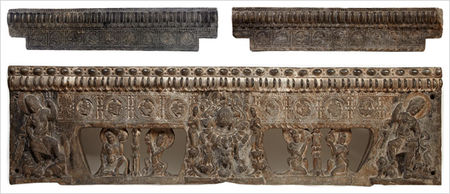
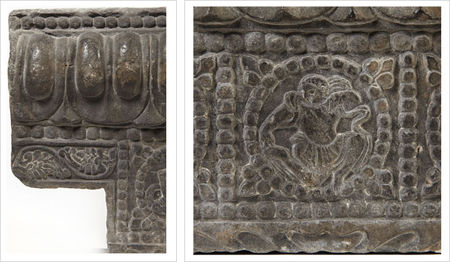
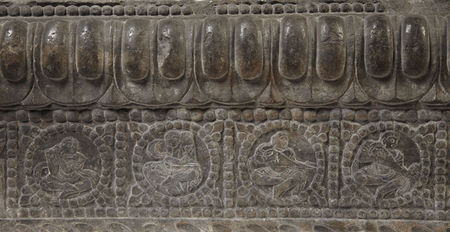



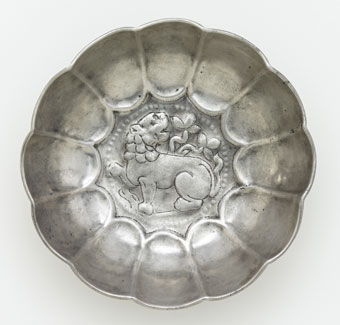
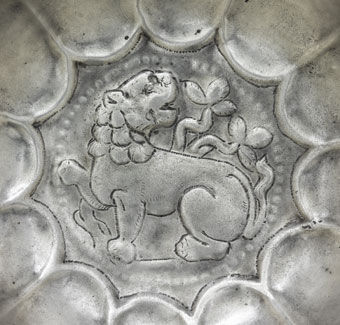

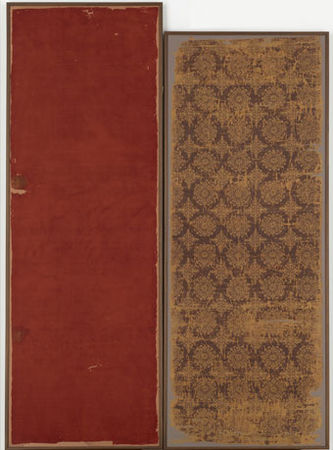
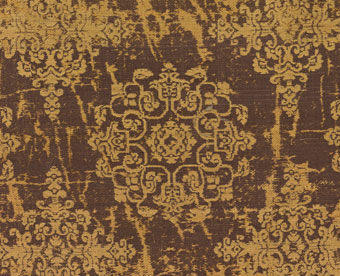
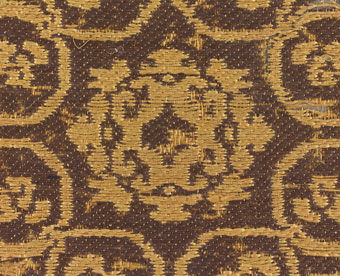



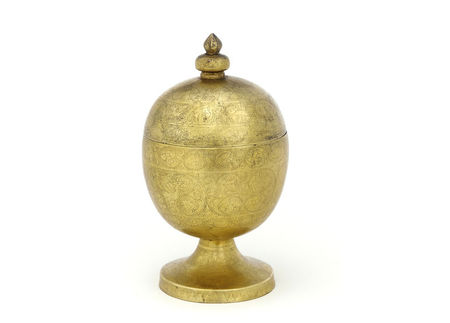


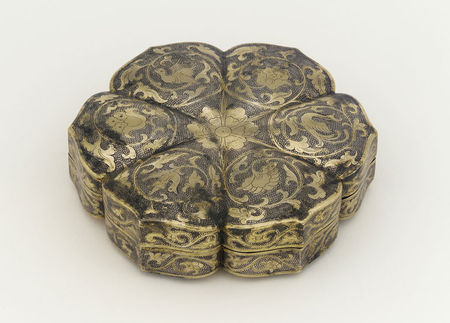

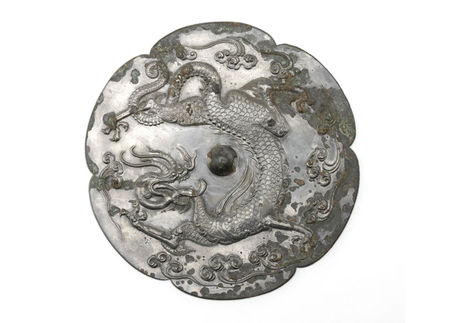


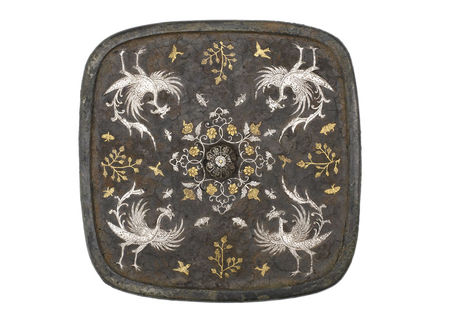

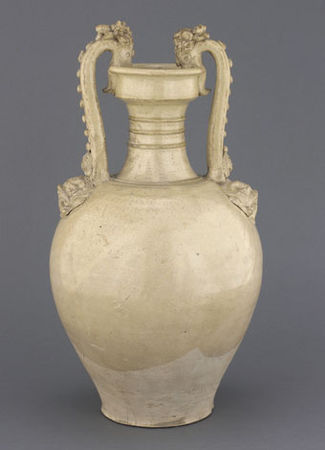


/http%3A%2F%2Fstorage.canalblog.com%2F75%2F49%2F119589%2F129758853_o.jpg)
/http%3A%2F%2Fstorage.canalblog.com%2F93%2F40%2F119589%2F129411239_o.jpg)
/http%3A%2F%2Fstorage.canalblog.com%2F17%2F14%2F119589%2F129411215_o.jpg)
/http%3A%2F%2Fstorage.canalblog.com%2F33%2F92%2F119589%2F129411180_o.jpg)